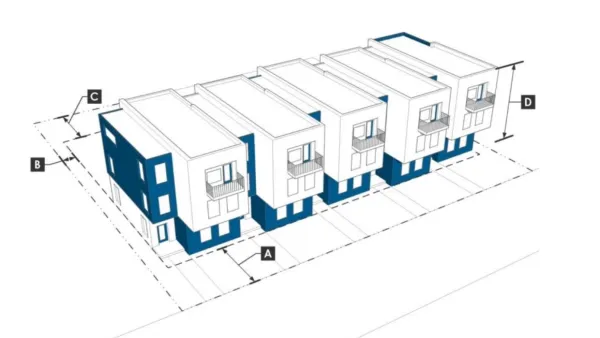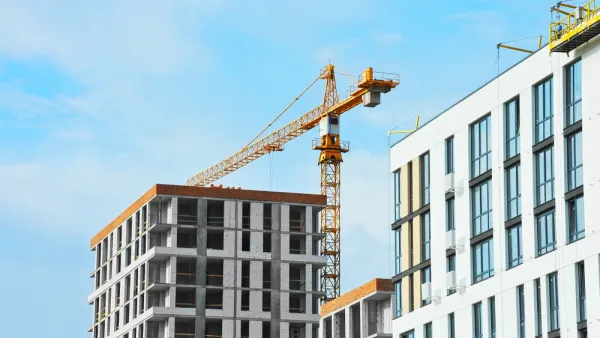New research shows that affordable housing mandates usually don't raise housing costs, but often fail to benefit benefit the lowest-income families.

Research from the National Housing Conference's Center for Housing Policy clarifies the impacts of inclusionary zoning policies, which require developers to include some affordable units in their buildings. Brentin Mock from CityLab summarizes the major findings.
The good: In most cases, inclusionary zoning requirements haven't driven housing costs up. Nor have they slowed housing production. Those findings challenge the argument of some developers who oppose affordable-housing mandates, especially in California.
The bad: Inclusionary zoning policies have largely failed to create affordable housing for the lowest-income households—and most policies aren't designed to target them. That can lead to a lack of support for programs:
After all, if it’s going to be called “inclusionary zoning,” it should include those who are most in need of housing. People actually need to be able to buy into the properties in order to buy in to the policy.
Pittsburgh is considering ways to address this problem, which Washington, D.C. also dealt with recently. San Francisco, New York, Seattle, and more cities throughout the United States have also recently taken up questions around inclusionary zoning.
The research also notes that the success of these policies is influenced by factors that can vary by city and over time, like the strength of an area’s housing market or a policy's compatibility with state law.
FULL STORY: Inclusionary Zoning Does Not Drive Up Housing Costs

National Parks Layoffs Will Cause Communities to Lose Billions
Thousands of essential park workers were laid off this week, just before the busy spring break season.

Retro-silient?: America’s First “Eco-burb,” The Woodlands Turns 50
A master-planned community north of Houston offers lessons on green infrastructure and resilient design, but falls short of its founder’s lofty affordability and walkability goals.

Delivering for America Plan Will Downgrade Mail Service in at Least 49.5 Percent of Zip Codes
Republican and Democrat lawmakers criticize the plan for its disproportionate negative impact on rural communities.

Test News Post 1
This is a summary

Test News Headline 46
Test for the image on the front page.

Balancing Bombs and Butterflies: How the National Guard Protects a Rare Species
The National Guard at Fort Indiantown Gap uses GIS technology and land management strategies to balance military training with conservation efforts, ensuring the survival of the rare eastern regal fritillary butterfly.
Urban Design for Planners 1: Software Tools
This six-course series explores essential urban design concepts using open source software and equips planners with the tools they need to participate fully in the urban design process.
Planning for Universal Design
Learn the tools for implementing Universal Design in planning regulations.
EMC Planning Group, Inc.
Planetizen
Planetizen
Mpact (formerly Rail~Volution)
Great Falls Development Authority, Inc.
HUDs Office of Policy Development and Research
NYU Wagner Graduate School of Public Service





























